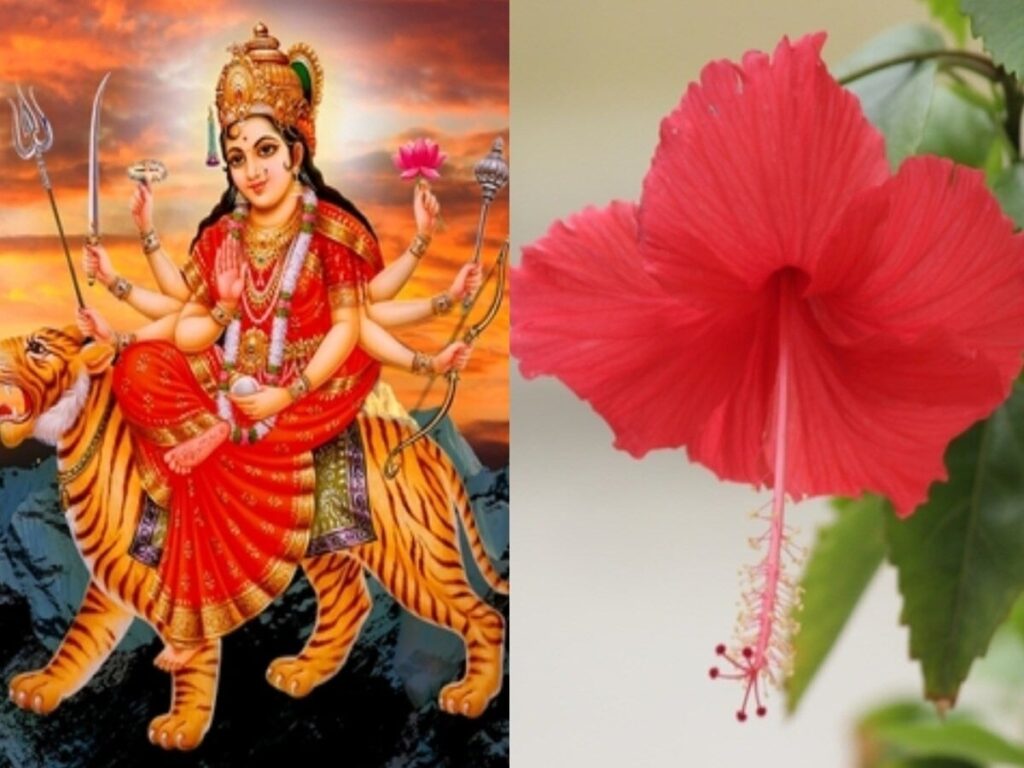“`html
Navratri is a sacred festival celebrated across India, dedicated to the worship of Goddess Durga and her nine divine forms. This nine-night festival is not only a time of spiritual reflection but also involves vibrant celebrations, traditional music, dance, and festive foods. As devotees engage in prayers and rituals, each day of Navratri is dedicated to a different incarnation of the goddess, with unique offerings and floral tributes. In this article, we will explore the significance of offering different flowers to the divine forms of Maa Durga, along with their respective meanings and benefits.
Understanding the Nine Forms of Maa Durga
1. Shailaputri
Shailaputri, the first form, symbolizes strength and is depicted riding a bull. She represents the power of nature and is worshipped on the first day of Navratri. The recommended flower is the Jasmine due to its pure and sweet fragrance, signifying purity and love.
2. Brahmacharini
Brahmacharini is the second form of Durga, embodying piety and humility. On the second day, it is auspicious to offer Lotus flowers, representing spiritual growth and enlightenment.
3. Chandrghanta
The third form, Chandrghanta, sports a bell-shaped moon and signifies bravery. On this day, devotees should offer Marigold flowers that symbolize loyalty and affection.
4. Kushmanda
Kushmanda, the fourth form, represents energy and creativity. The offering of Sunflower reflects her vibrant energy and positivity, which is perfect for the fourth day.
5. Skandamata
Skandamata, the fifth form, is the mother of Lord Skanda (Kartikeya) and embodies nurturing qualities. The White Rose is a popular choice for this day, symbolizing purity and new beginnings.
6. Katyayani
The sixth form, Katyayani, signifies courage and is often pictured riding a tiger. Offering Red Flowers on this day symbolizes passion and strength, fitting for her fierce nature.
7. Kalaratri
Kalaratri, the seven form, is known for her ability to remove darkness and negativity. Black and Blue Flowers can be offered on this day, representing the complex beauty of overcoming hardships.
8. Maha Gauri
Maha Gauri is the eighth form, symbolizing purity and wisdom. White Flowers are especially meaningful on this day, illustrating her divine grace and serene nature.
9. Siddhidhatri
Siddhidhatri, the ninth form, is regarded as the possessor of all achievements and spiritual wisdom. Offering Pink Flowers expresses gratitude and the pursuit of fulfillment in life.
Significance of Different Flowers in Worship
Each flower carries its own symbolism, enhancing the spiritual significance of the offerings made during Navratri. Here’s a table summarizing the flowers associated with each form of Maa Durga and their meanings:
| Form of Maa Durga | Offered Flower | Symbolism |
|---|---|---|
| Shailaputri | Jasmine | Purity, Love |
| Brahmacharini | Lotus | Spiritual Growth |
| Chandrghanta | Marigold | Loyalty, Affection |
